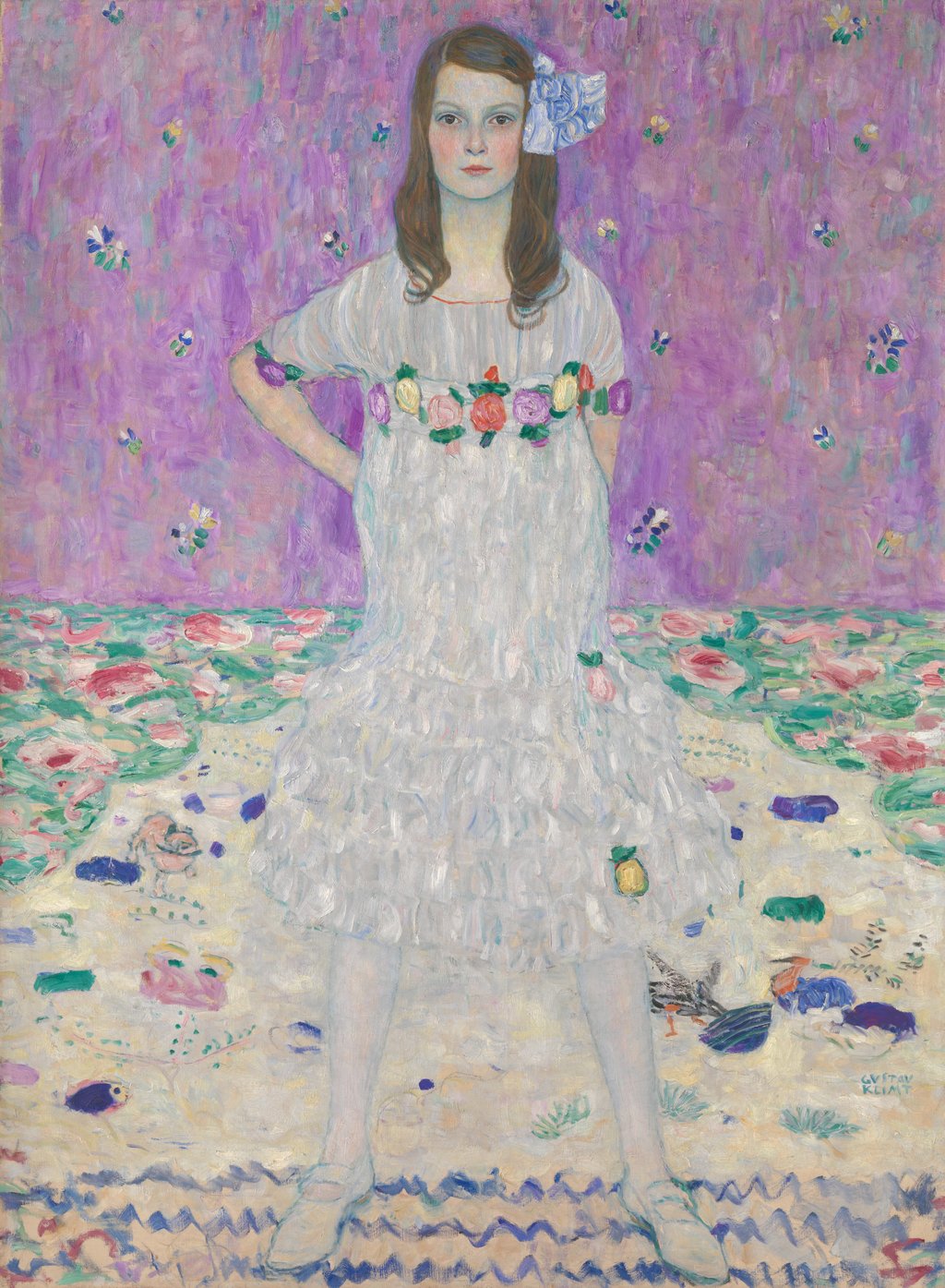‘What I’m doing now is very related to Klimt’: how this Hong Kong home furnisher is channelling the Austrian painter’s charged symbolism
- ‘It all goes back to curves, art nouveau, inspiration from nature, the transformation of patterns and graphics, playing with textures,’ says Cally Chan, co-founder of Coltex Furnishing

The Klimt Collection at the Belvedere Museum Vienna is the largest group of works by Gustav Klimt, one of the leading artistic figures of the late 19th and early 20th centuries. His works often depicted the female body, exploring the boundary of figuration and abstraction in a riot of colour, texture, eroticism and emotion.
The first time I found out about Klimt was when I was doing art A-level in Cambridge. I was born in Hong Kong and educated in a local school, then moved to the UK for GCSEs and A-levels. In Hong Kong, I didn’t know if I could do art or not. I was quite different from my classmates, and I felt lost and not as good as them.
I first saw his work in a book in the library. It was a work called Mäda Primavesi (circa 1912). It wasn’t just the girl that had the impact on me, it was the background as well, with its art nouveau curves. It was like a mix of West and East. The background merges into the (carpet on which the subject is depicted standing) in a very abstract way, all curves, in a mixture of colours that’s striking. The transformation is amazing – it’s all one thing but you can still see the difference.

The usual artworks we studied in the UK were all boring portraits and flowers. With its graphics, this was more than just a painting. I thought to myself, “You really need to know more about this person and also about art nouveau.” I did really well in my project about Klimt.
I thought, “If you study fine art, you can’t earn immediately after you graduate, but with interior design you can.” Eventually I chose to go into interiors, and I was really driven towards carpet design.
I went to Vienna especially for the museum and also for the Klimt Collection, when I was studying interior design. It was amazing seeing the real pieces – seeing them on a wall is so different from seeing them in a book.
What I’m doing now is very related to Klimt. His combination of Eastern and Western influences is similar to what I do. I love reflective materials right now, and I’m working on a lot that are influenced by Klimt. We make laminated glass, which is influenced by his work. It all goes back to curves, art nouveau, inspiration from nature, the transformation of patterns and graphics, playing with textures.
